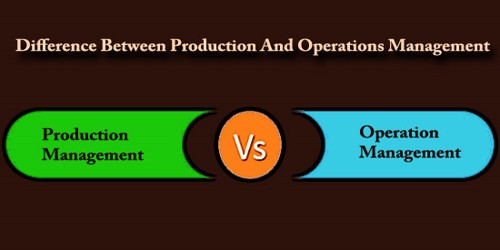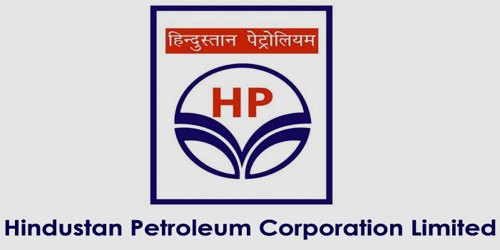Life cycle assessment (LCA) is a method used to evaluate the environmental impact of a product or process over its entire life cycle, from the extraction of raw materials to the disposal of the product. The LCA can be used to evaluate the environmental impact of different plastics recycling approaches, including mechanical recycling, chemical recycling, and energy recovery.
Considering that only a small portion of plastics are recycled, figuring out the best technique to recycle and reuse these materials may encourage more people to recycle plastics and lessen the pollution caused by plastic waste.
Researchers at the U.S. Department of Energy’s (DOE’s) National Renewable Energy Laboratory (NREL) examined the benefits and trade-offs of current and emerging technologies for recycling certain types of plastics to determine the most appropriate options.
The researchers compared different closed-loop recycling technologies, which enable the reuse of plastic through mechanical or chemical processing, obviating the requirement for virgin materials obtained from fossil fuels. They took into account environmental factors like energy use and greenhouse gas emissions as well as technical factors like material quality and retention.
“We know cost is one of the primary if not the primary drivers for recycling for companies wanting to invest in it,” said Taylor Uekert, lead author of “Technical, economic, and environmental comparison of closed-loop recycling technologies for common plastics,” which appears in the journal ACS Sustainable Chemistry & Engineering. “But I think it’s just so important to remember that there are other things that are equally important for our life on this planet, and we need to be considering those environmental impacts as well.”
Her co-authors, all from NREL, are Avantika Singh, Jason DesVeaux, Tapajyoti Ghosh, Arpit Bhatt, Geetanjali Yadav, Shaik Afzal, Julien Walzberg, Katrina Knauer, Scott Nicholson, Gregg Beckham, and Alberta Carpenter.
Technical, economic, and environmental comparison of closed-loop recycling technologies for common plastics, which appears in the journal ACS Sustainable Chemistry & Engineering. But I think it’s just so important to remember that there are other things that are equally important for our life on this planet, and we need to be considering those environmental impacts as well.
Taylor Uekert
The article outlines how effectively closed-loop recycling technologies would work on polyethylene terephthalate (PET) and three types of polyolefins: high-density polyethylene (HDPE), low-density polyethylene (LDPE), and polypropylene (PP). These plastics have many uses.
PET, for instance, is used to make bottles, trays, and carpets. HDPE is found in milk jugs, bags, containers, and toys. LDPE is commonly used to manufacture squeezable bottles, lids, and bags. PP, meanwhile, is used to make yogurt tubs, hangers, and straws.
The recycling rates of these polymers varied in the United States during 2019, from 2% for LDPE to 15% for PET bottles and containers.
“PET is like your common single-use water bottle,” Uekert said. “You might recycle that. But most likely it’s not going to come out the other end as a bottle. It’s going to come out as a plastic tray for putting food on or it might be converted to plastic fibers that could be used for clothing. It’s going back into the same type of plastic, but not necessarily the exact same type of plastic product.”
For HDPE, LDPE, and PP plastics, two closed-loop recycling processes are available: mechanical, in which the plastic is crushed, melted, and converted into something new; and solvent-based dissolving, in which impurities are eliminated to make the plastic appropriate for reuse. Along with the three chemical recycling techniques of enzymatic hydrolysis, glycolysis, and methanolysis, the same procedures can be applied to PET.
Each year, more than 400 million metric tons of plastic trash are produced worldwide. Only a small portion of these polymers can currently be recycled, and there isn’t enough reliable information about their efficiency and effects.
The NREL study developed a technique for assessing new recycling processes as they emerge and statistically assessed the effectiveness of plastic recycling technologies, including elements that are typically only discussed qualitatively, including contamination tolerance.
“It’s not just that you can recycle plastic,” Uekert said. “It’s how effectively can you recycle that plastic?”
In terms of economic and environmental criteria, mechanical recycling performs better than all other methods and virgin plastic manufacture, however the plastic produced is of lesser quality. Increasing the quality and quantity of plastics to be recycled through better sorting and pretreatment could improve the viability of mechanical recycling, the researchers said.
“To really enable a circular system where we keep as much material in the economy as possible, that’s when we really need to improve our material retention through things like better sorting and better yields of your recycling processes,” Uekert said.
“If you have a process that only has a 75% yield, you’re going to end up needing slightly more electricity, slightly more chemicals, to recycle one kilogram of plastic than you would if you had something like a 90% or higher yield. That means your overall environmental impacts, your overall cost, is going to decrease as you increase your material retention.”
Recycling, according to the researchers, could be viewed as a decarbonization opportunity with devices that use electricity that might be produced from renewable sources.
Funding came from the U.S. Department of Energy’s Bioenergy Technologies Office and Advanced Materials and Manufacturing Technologies Office as part of the BOTTLE Consortium, a collaborative effort that stands for Bio-Optimized Technologies to keep Thermoplastics out of Landfills and the Environment.
The U.S. Department of Energy’s main national laboratory for research and development on renewable energy and energy efficiency is NREL. NREL is operated for DOE by the Alliance for Sustainable Energy LLC.
















